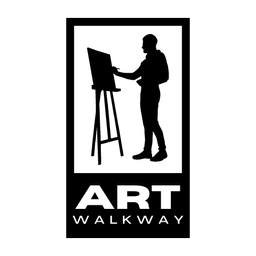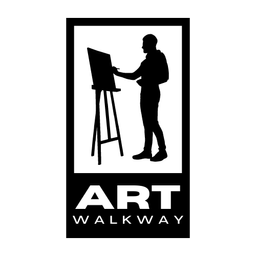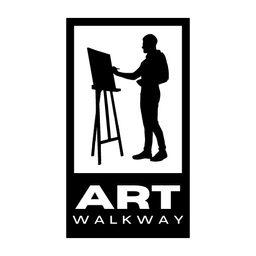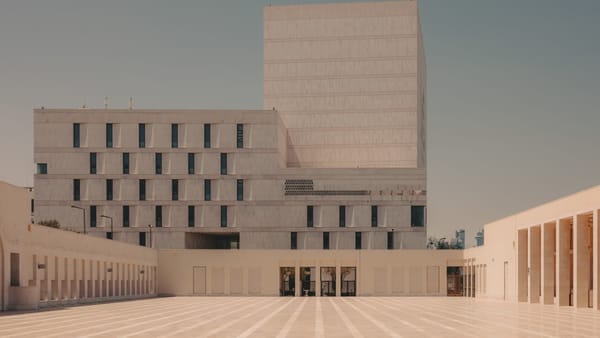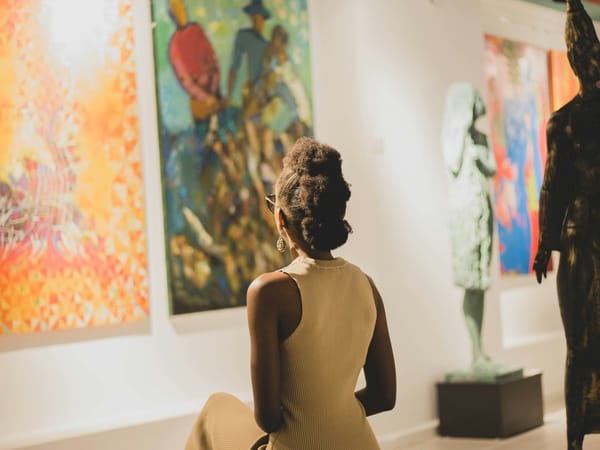Arts Education in UK Schools — Why the Decline Is a National Scandal
Arts education in UK schools has shrunk dramatically since 2010. Here’s what caused the decline, why it matters, and how to fix it—with policy moves the UK can take now.

Key takeaways
- Arts GCSE entries have fallen by ~42% since 2010, and many state schools no longer offer music, drama or dance at GCSE.
- The EBacc, introduced in 2010, prioritised a narrow set of academic subjects and has been repeatedly linked to squeezes on creative learning time.
- Anxiety among 16–17-year-olds is widespread; recent polling found around 70% of girls had missed school due to anxiety, underscoring the need for engaging, community-building subjects like the arts.
- The OECD Learning Compass 2030 frames creativity, agency and teamwork as core outcomes—exactly what sustained arts learning develops.
- With Labour pledging access to a creative or vocational subject until 16 and a live curriculum review, there’s a real window for reform.
The numbers: a steep, uneven decline
Since 2010, entries to arts GCSEs have dropped by about 42%. In 2009/10, 14% of all GCSE entries were in arts; by 2022/23 that share had halved to 7%. Entire swathes of schools no longer enter any pupils for music (42%), drama (41%), or dance (84%). The contraction is most acute in deprived areas—precisely where cultural access is already thin.
The trend has continued into 2025: arts subjects hover near 7% of entries, well below 2010 levels.
Read Also:
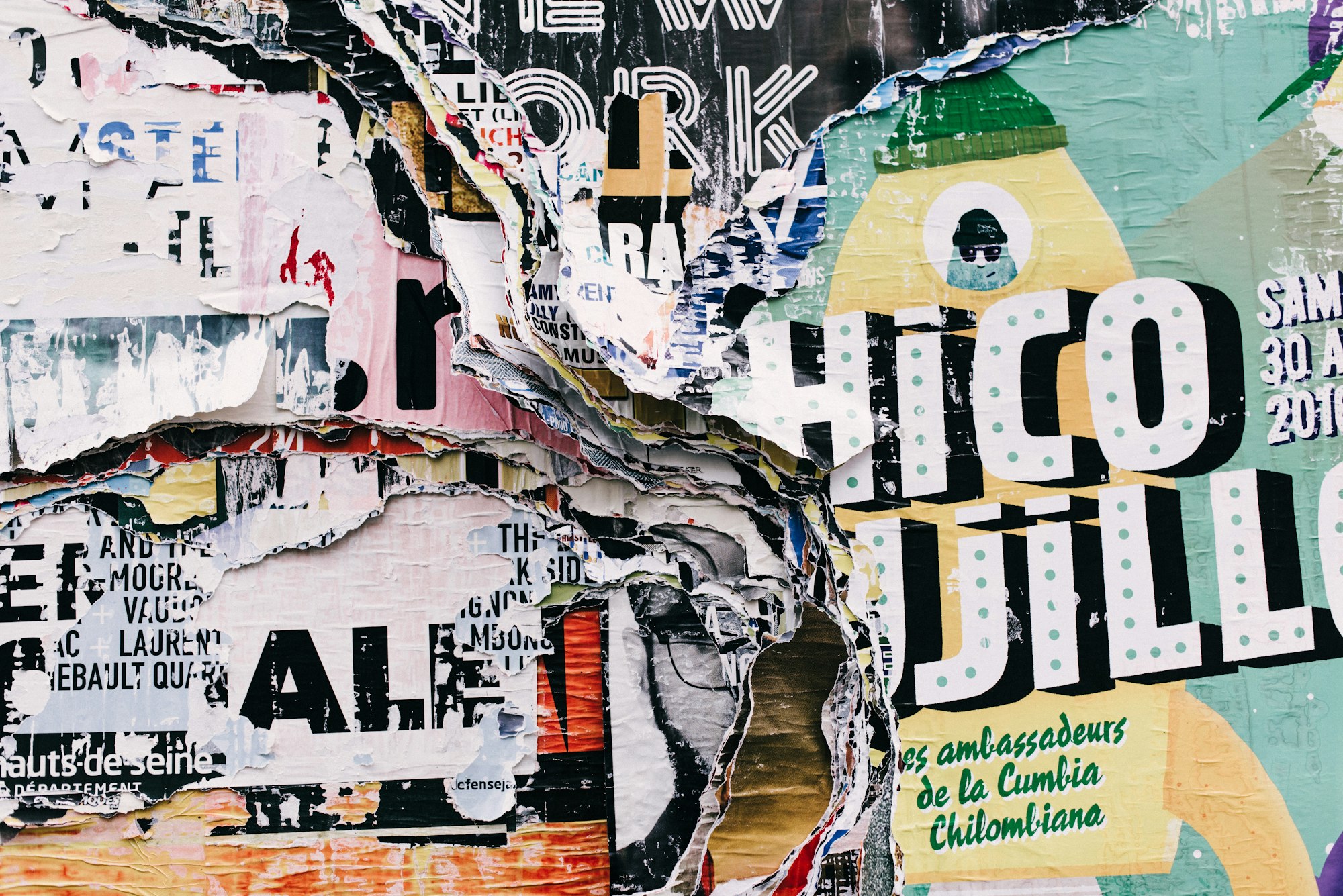
What caused it? Follow the incentives
The English Baccalaureate (EBacc)—a performance measure applied to school league tables from 2010—nudged curriculum time and staffing toward English, maths, sciences, a language, and history or geography. Arts subjects don’t count toward EBacc, so many schools—pressed on resources and judged on EBacc metrics—shifted timetables and options accordingly.
The human cost: confidence, community, and mental health
Arts education isn’t a luxury; it’s social learning that builds confidence, belonging and voice. That matters in a cohort reporting record stress: a large-scale 2025 poll of 16–17-year-olds found widespread anxiety, with around 70% of girls skipping school because of it. Creative subjects are one of the few timetabled spaces that reduce isolation and invite teamwork, performance, and expression.
Read Also:

The global bar has moved: from rote to “human flourishing”
Internationally, systems are pivoting toward student agency, creativity, and collaboration—the heart of the OECD’s Learning Compass 2030. Arts-rich curricula deliver these competencies by design, preparing young people for workplaces where problem-solving, empathy and storytelling carry weight.
A policy window the UK shouldn’t waste
The current government has stated that every child should be able to study a creative or vocational subject until 16, and has commissioned a curriculum and assessment review whose interim report has already flagged EBacc concerns. That’s the opening to rebalance accountability and rebuild provision.
What to do next (national level)
- Guarantee time
Entitle every pupil to a minimum of four hours of creative arts learning per week in Key Stages 3–4. - Fix accountability
Update performance measures so schools aren’t penalised for allocating timetable space to arts. (EBacc reform or a parallel creative measure.) - Fund teacher pipelines
Reverse the decline in arts teacher numbers with targeted bursaries and ITT pathways. - Leverage national institutions
Scale partnerships with the Royal Shakespeare Company and National Theatre for free/low-cost resources, CPD, touring workshops and streamed productions.
Read Also:
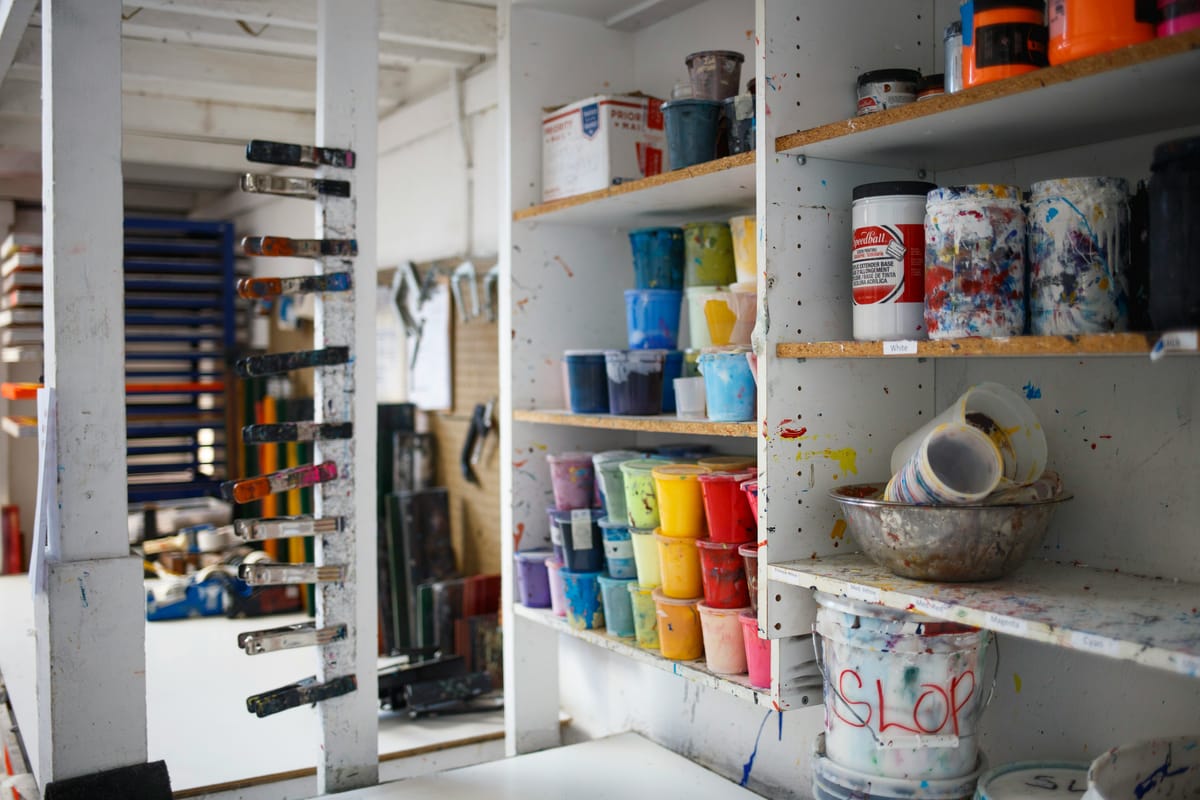
What schools can implement now (no policy change required)
- Protect KS3 arts
Make at least two arts subjects compulsory in Years 7–9; publish a clear options pathway into GCSE. - Stage to page
Use performance (ensemble music, devised theatre) to pull in anxious or disengaged learners; assess process as well as product. - Partner up
Tap RSC/National Theatre learning hubs for ready-made lesson plans, CPD and streamed productions. - Showcase & celebrate
Termly exhibitions and concerts raise status, drive parental support, and help justify timetable time. - Cross-curricular briefs
Pair arts with science or humanities (e.g., climate-theatre, data-driven visualisations) to reinforce core content through creative practice.
Business case: creativity is an employability skill
UK creative industries contribute significantly to GDP and depend on broadly creative, collaborative, digital-literate talent. The arts train precisely these habits—iteration, feedback, audience awareness—while building confidence and communication.
Editorial note: why this debate matters now
Anthony Seldon recently called the abandonment of arts in schools a “national scandal,” arguing that an exam-heavy diet undermines creativity, wellbeing and work-readiness. Whether or not you agree on every cause, the data and global direction are clear. Re-centering arts education is not nostalgic—it’s pragmatic.
© ART Walkway 2025. All Rights Reserved.


